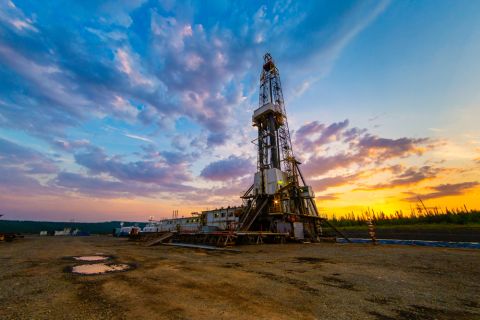The new world order of the oil and gas industry surrounds a low-carbon and/or new energy focused business model. And, as capital allocation for these projects grew significantly in 2021, this implies favorable economics for low-carbon producers in 2022.
Nicholas Fulford, the senior director of energy transition for petroleum consulting firm GaffneyCline, said net-zero commitments from all supermajors and most NOCs paired the introduction of new tax credit incentives indicates a new horizon for oil and gas portfolios going into 2022.
“We’ve seen carbon capture and CCUS projects come to age and there is a real following now within the investment community and a real belief in that technology going forward,” Fulford said.
He continued, “There is a level of sophistication around the various benefits and incentives that have been introduced globally to encourage low-carbon investment. Now, some of the more sophisticated players are finding that by mixing and matching a tax relief and a traded commodity, it’s possible now to build up a real kind of revenue base for low-carbon technologies.”
Jump to a topic:
-
Low-carbon trends of 2021 (0:33)
-
Legislation and tax incentives (3:15)
-
Advice for new players (4:59)
-
Capital allocation (8:28)
-
Global implications (10:40)
-
Predictions (12:07)
-
Oil and gas hurdles (13:30)
Recommended Reading
TGS, SLB to Conduct Engagement Phase 5 in GoM
2024-02-05 - TGS and SLB’s seventh program within the joint venture involves the acquisition of 157 Outer Continental Shelf blocks.
2023-2025 Subsea Tieback Round-Up
2024-02-06 - Here's a look at subsea tieback projects across the globe. The first in a two-part series, this report highlights some of the subsea tiebacks scheduled to be online by 2025.
StimStixx, Hunting Titan Partner on Well Perforation, Acidizing
2024-02-07 - The strategic partnership between StimStixx Technologies and Hunting Titan will increase well treatments and reduce costs, the companies said.
Tech Trends: Autonomous Drone Aims to Disrupt Subsea Inspection
2024-01-30 - The partners in the project are working to usher in a new era of inspection efficiencies.
Drilling Tech Rides a Wave
2024-01-30 - Can new designs, automation and aerospace inspiration boost drilling results?





